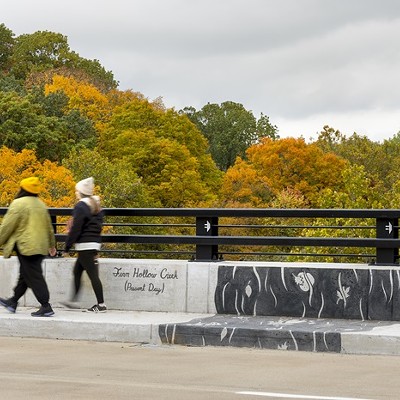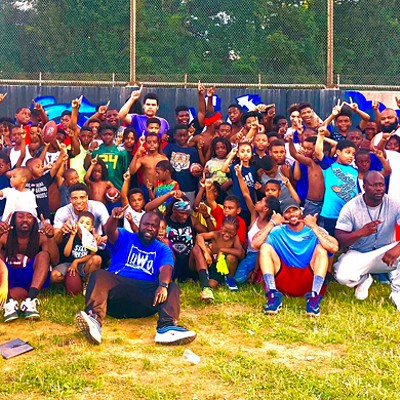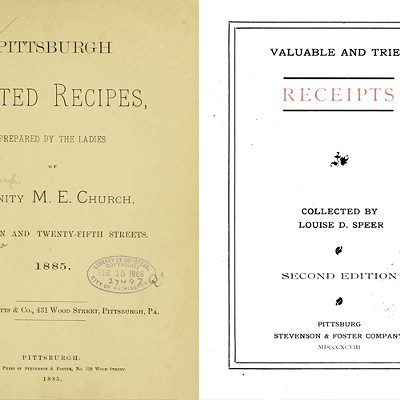Friday, February 15, 2013
Petition Sparks Discussion of City, County Arts Funding
An online petition launched by local artists asks Pittsburgh and Allegheny County officials to enforce laws requiring set-asides for public art in government-funded construction projects. But city officials, at least, say they are exploring other means to attain the same goal.
Under the heading “Enforce Pittsburgh’s and Allegheny County’s Percent for Public Art Laws,” artists Carolyn Speranza and James Simon posted the petition on Feb. 13 on signon.org.
The petition is directed at Mayor Luke Ravenstahl, Allegheny County Chief Executive Rich Fitzgerald and city and county councilors and candidates for those positions. As of this afternoon, it had attracted more than 130 signers.
The petition contends that many U.S. cities have effective “Percent for Art” laws. (Other cities with such laws include New York, Seattle, Los Angeles and Atlanta.) The petitioners argue that public art engages residents, improves quality of life, and provides work not only for artists but also for the workers who fabricate and install the artwork.
Pittsburgh has a longstanding ordinance requiring that in construction projects of $50,000 or more that are paid for or subsidized by the city, 1 percent of the total cost must “be reserved for the inclusion of works of art.” The county has a similar law, dating from 2005, that requires a set-aside of 2 percent for art (for a total expenditure not to exceed $100,000). That law also applies to government bodies like the county’s Urban Redevelopment Authority.
But neither law is currently enforced, acknowledge both City of Pittsburgh public-art manager Morton Brown and Fizgerald spokesperson Amie Downs.
Renee Piechocki directs Pittsburgh’s Office of Public Art, a partnership of the Greater Pittsburgh Arts Council and the Department of City Planning. She has also participated in artist focus groups for ARTPGH, the portion of the city’s new comprehensive plan that inadvertently resulted in the petition when participating artists Simon and Speranza took up the cause.
“I’m glad that they’ve brought it up, especially during election time,” says Piechocki. She notes that public art does sometimes get included in construction projects, but only at the discretion of the developer or through other ad hoc agreements.
Brown, a Ravenstahl appointee, says addressing the unenforced ordinance has been a priority of his since he took office four years ago.
But Brown says the ordinance (which apparently dates back decades) is “poorly written” and “not enforceable.” He says the law places too much burden on individual department heads to take initiative to include art on each project. He added that fiscal concerns have reduced the opportunity for such spending in recent years anyhow: The city has spent a decade under state financial oversight, has spent less on new capital projects, and also perhaps for those reasons has generally been disinclined to furnish funds for artworks. The city, he says, struggles to find funds to maintain the artworks it already has.
Brown notes public-art projects that have gotten completed during his tenure. These include artist Kim Beck’s design for the Zone 3 police building, in Allentown, and Sheila Klein’s East Liberty Pedestrian Bridge. But these were the result of project-specific negotiations.
Brown says that as part of ARTPGH, San Jose, Calif.-based consultant Barbara Goldstein is helping research alternate ways to fund public art.
“There are dozens of models out there around the country,” he says. “We want to look at all of them and find something that’s feasible for Pittsburgh.”
However, he says, he’s glad the percent-for-art petition is out there. “I’m elated that people care!” he says.
Fitzgerald spokesperson Downs said that Fitzgerald is aware of the percent-for-art issue and plans to discuss it with county council.
Tags: art , public art , percent for art , Carolyn Speranza , Morton Brown , Renee Piechocki , ARTPGH













